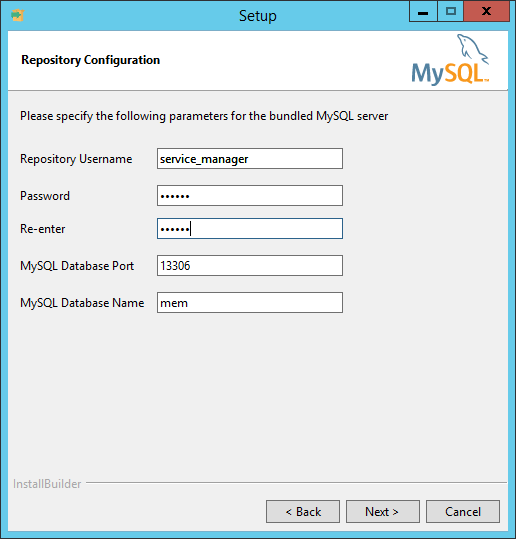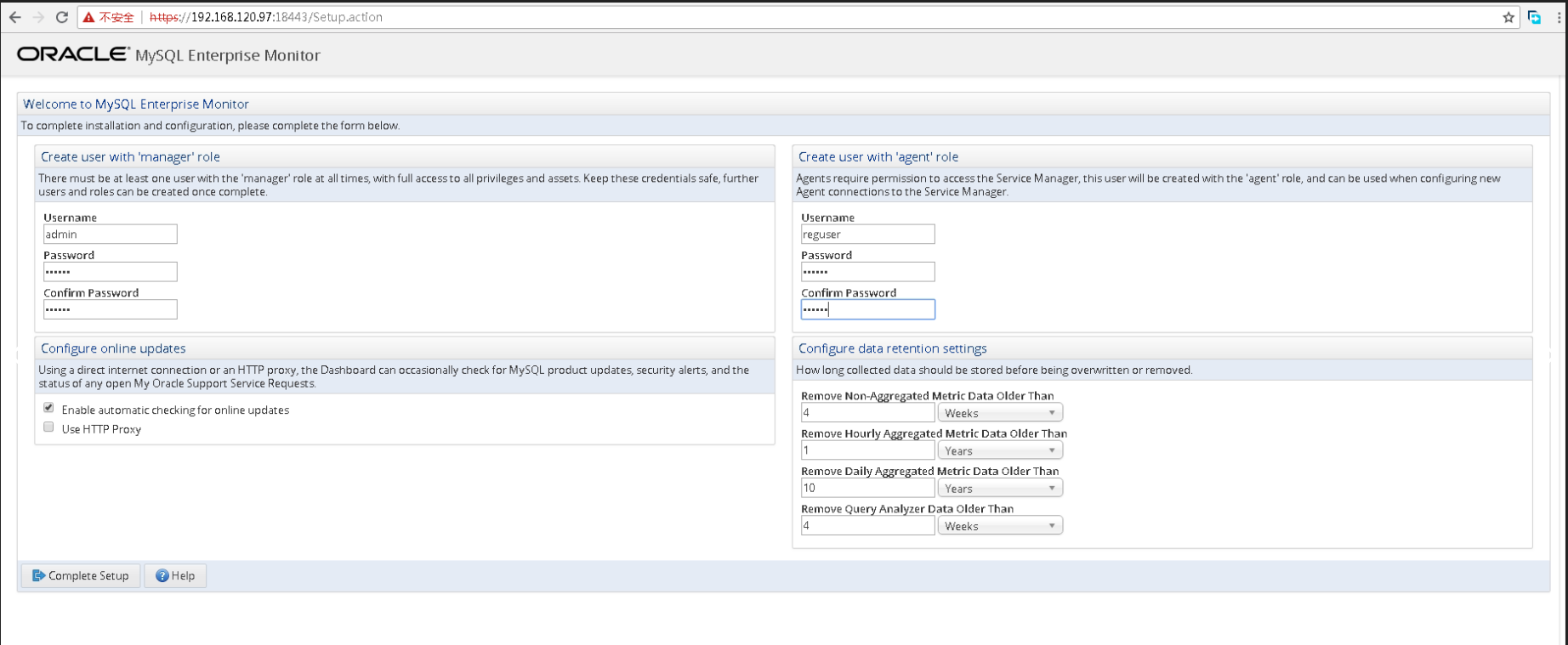
Start the zenoss service as shown below: # service zenoss start

Install the zenoss core rpm package: rpm –Uvh zenoss_core-4.2.86_64.rpm 6. If you are not sure how to do that, you may want to temporarily disable SELinux until you figure out how to do it.ĭownload the zenosscore RPM package from here. If you have SELinux enabled, you need to make sure to allow appropriate Zenoss ports and programs in your SELinux configuration. If you are using ‘Amazon Linux AMI 2013.09.1’, to install libgcj, you need to create a repo file in /etc//centos.repo with following lines: Īlso, make sure the following services are started before installing zenoss: service memcached start For example: nagios-plugins-dig.x86_64, nagios-plugins-dns.x86_64, etc.

liberation-fonts-common.noarch, liberation-mono-fonts.noarch, liberation-sans-fonts.

On my instance, I ended-up installing the following packages You have to install all of those missing packages one by one. Other RPM and Service Dependenciesĭepending on your environment, when you install zenoss core rpm as shown in the next step, you might get lot of missing dependencies messages. max_allowed_packet=16MĪlso, for now, don’t set any password for the MySQL root account. Make sure to set the following parameters in your /etc/my.cnf file after the MySQL installation. You can install MySQL as we discussed earlier. Download the appropriate version for your platform from here. Install the zenoss dependencies repository. Java(TM) SE Runtime Environment (build 1.6.0_31-b04)

Open these ports on your firewall, as they are used by Zenoss and its related services: 11211, 8080, 514, 162, 25.Pre-Req for Zenoss Installīefore you install ZenOSS, make sure you do the following: This tutorial explains how to install and configure the Zenoss Core edition for your enterprise monitoring. On Windows, it uses WMI (Windows Management Instrumentation). This provides several additional features: High-availability, distributed architecture, event correlation, etc.īy default, it uses SNMP for monitoring. This is also called as Zenoss Resource Manager, which is a paid version. The main advantage of zenoss is that you don’t need to install any software on the client side for monitoring. Zenoss is an open source agentless monitoring tool.


 0 kommentar(er)
0 kommentar(er)
